Fords of the Sixties
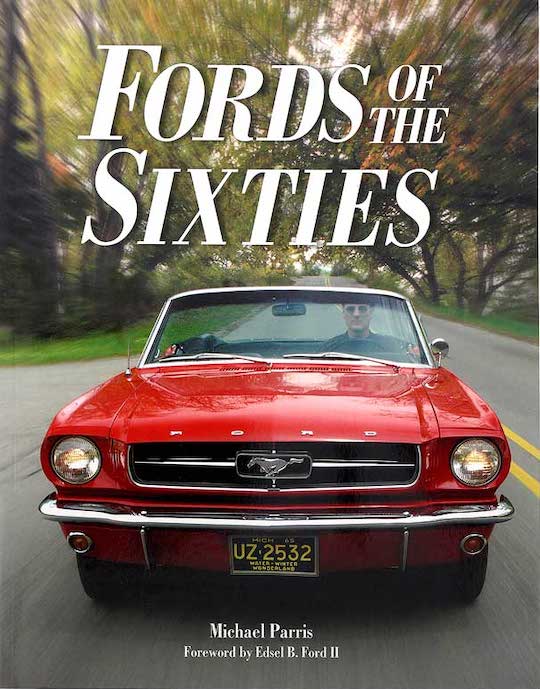 by Michael Parris
by Michael Parris
This is a companion volume to the author’s first book, Fords of the Fifties. Both titles had been originally published by California Bill’s Automotive Handbooks, four years apart (2000 and 2004) and have remained continuously in print. Both have been republished (2024) by CarTech who acquired the copyrights to all California Bill’s publications.
Seeing the pair side by side prompts this comment: the titles of the books may be similar, Fords of the xyz, but what they contain is not: the Fifties book included Ford trucks—in words and photos—for each year of that decade whereas Fords of the Sixties focuses nearly exclusively on Ford cars, mentioning trucks only in passing. There are two images of pickup trucks, one each in the chapters on 1968 and 1969, and the chapter covering 1961 contains a few paragraphs mentioning the introduction of the Econoline line that year. The lack of any further words about any of Ford’s trucks seems all the more curious when a caption for one of the images includes these words: “Ford was beginning to understand just how much their trucks added to the bottom line.”
The lack of fine detail in the titles notwithstanding, it has not stopped readers over that quarter of a century from seeking out these books which speaks to their popularity.
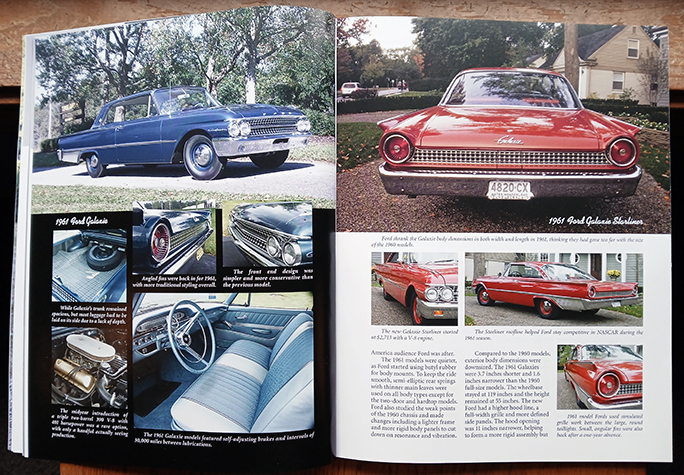
Parris’ photography skills on display with two 1961s: Fairlane on left, Galaxie Starliner opposite.
Each chapter begins with a few paragraphs providing a general overview of the year. On facing page is a little sidebar box headed “Timeline” listing a few key non-transportation related events of that year. Then come words telling of each model, carline by carline, indicating any changes, pricing, and the like for each. At the end of each chapter is a “Concept Car” segment followed by a few paragraphs under the heading “Looking Forward” and another sidebar box, listing the year’s “Car Production” numbers.
There’s a good deal of “name dropping” on the opening pages of Fords of the Sixties. Having successfully written and had published his first book Fords of the Fifties, coupled with his 16 years working in Ford’s headquarters public relations offices, had opened many doors for Parris. He especially points to being afforded interviews with the likes of Ford designers Jack Telnack and Joe Oros. On the go-fast side of Ford’s 1960s activities, he spent time talking with A.J. Foyt, Dan Gurney, Carroll Shelby and others.
As the decade began, government regulations, emissions and bumper alike, were still in the future as was the buying public’s awareness of Toyotas and Datsuns gradually arriving in America. The Rotunda, described as the Gateway to the Rouge, was still standing in Dearborn. But as the singer/songwriter who had debuted in 1961 with his stage name Bob Dylan for the first time, had written and sung in 1964 “These times, they are a-changin’.”
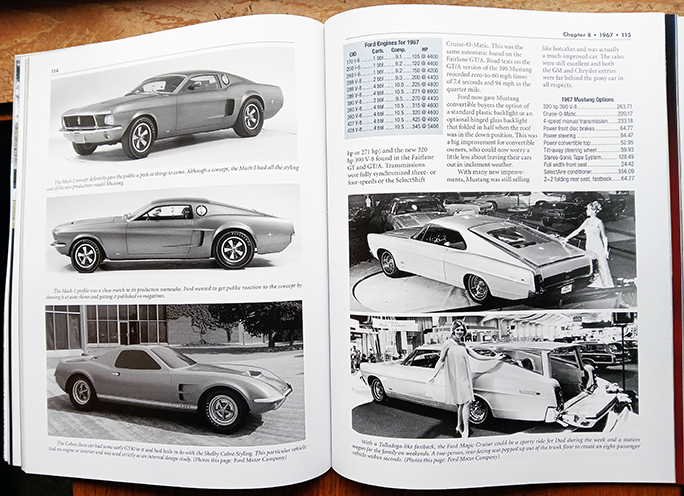
Both pages FoMoCo images of several 1967 show/concept cars; Magic Cruiser on right, top two on facing page Mach 1, bottom is Cobra show car.
The total destruction of the Rotunda in 1961 was a low point followed three years later by a incredible high with the brand-new Mustang selling 100,000 cars in just its first 100 days on the market. Tallying sales at year’s end showed that “fifty-three percent of the cars traded in for Mustangs were non-Ford products” and it also provided a noticeable sales boost across the full line of other Ford cars and trucks rather than cannibalizing them.
The first half of the 1960s brought two other notable Ford successes—each of which were firsts for the company. Daytona’s high-banked oval racetrack had opened in 1959. Ford’s first stock car victory in the ’63 500 was headline-grabbing for the first five cars to cross the finish line had all been Fords. Then, two years on in a nearly similar fashion the first four taking the checkered flag, one after another, in the Indianapolis 500 were all Ford-engined making for a dramatic first-ever Indy win for the company.
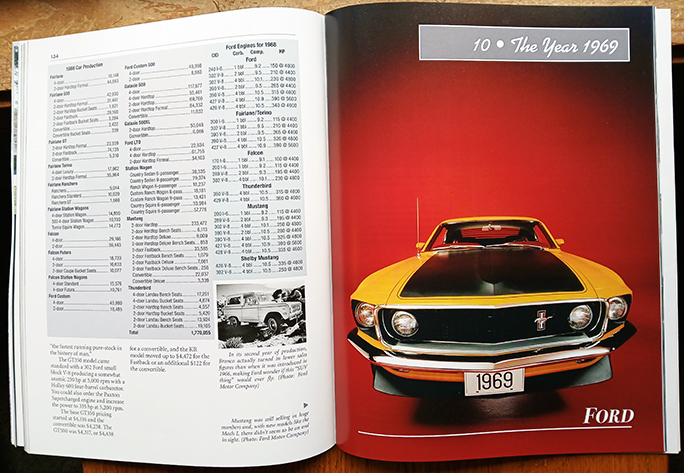
Left is a good view how the annual production figures are presented. Opposite is the 1969 version of Mustang Mach 1 show car.
The Clean Air Act was enacted in 1963 and strengthened by the National Traffic and Motor Vehicle Safety Act of 1966. Thus more changes were being mandated even as the one millionth Mustang was built in less than two years since the very first one had been produced. Parris does note, but only with one single sentence, that Ford introduced the Bronco that year, too. A few pages later he observes, “Even though the following decade would pose many challenges in environmental and automotive safety, Ford Motor Company would rise to the test,” adding “The company was a shining star at the end of the sixties.”
While trucks are missing from the pages of this book, Parris does conclude with a chapter summarizing the company’s motorsports activities because, of course, this had been the decade during which Ford had developed the GT. It was, as Parris writes, the “hard-charging sixties” with Ford obviously a believer in the “win on Sunday, sell on Monday” philosophy with its “Total Performance” slogan and theme.
Copyright 2025 Helen V Hutchings (speedreaders.info)


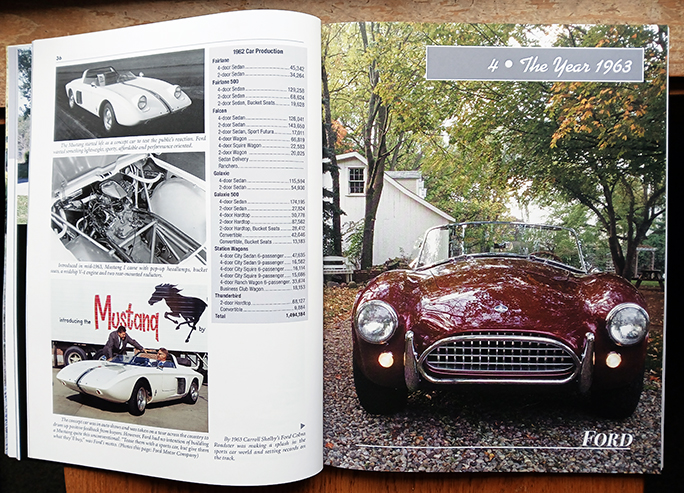
 RSS Feed - Comments
RSS Feed - Comments
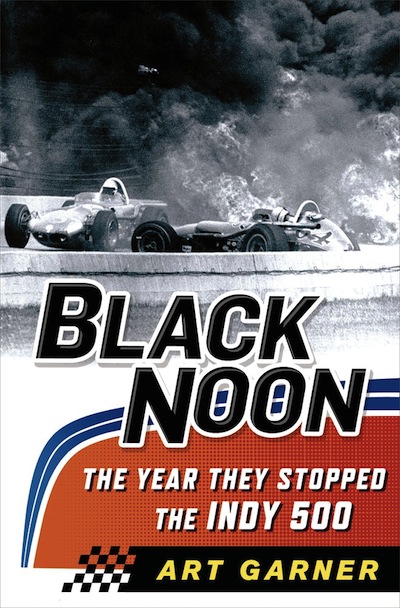
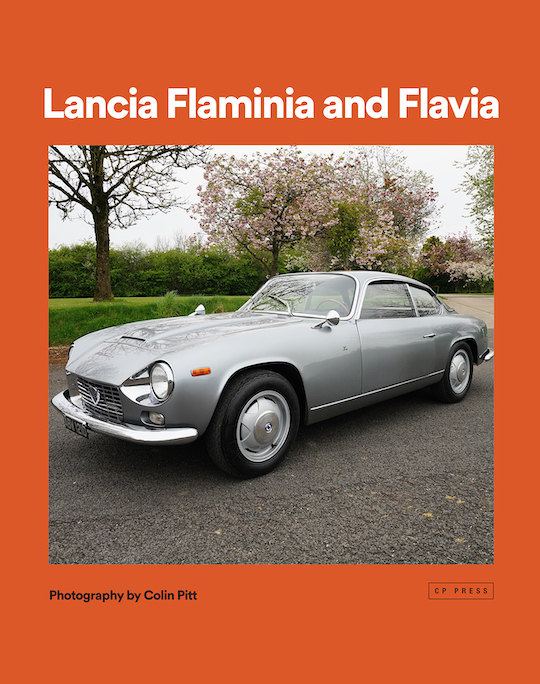
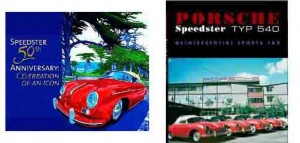
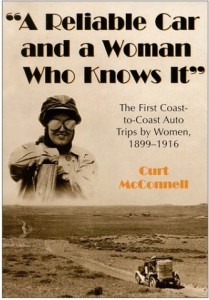
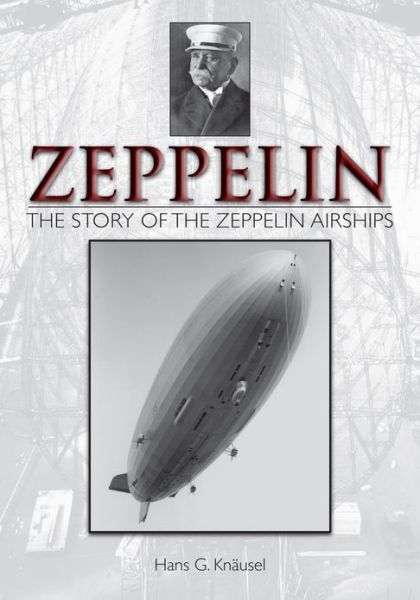

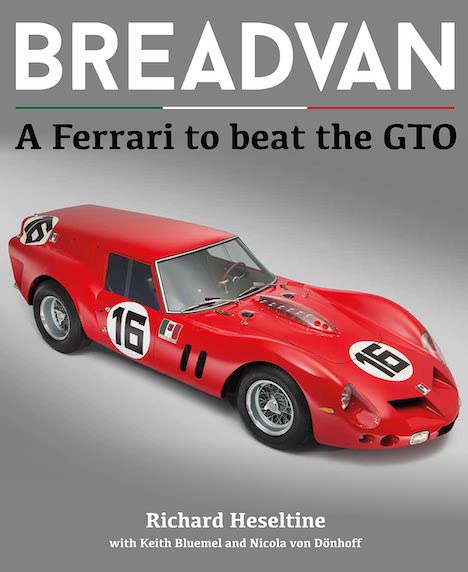


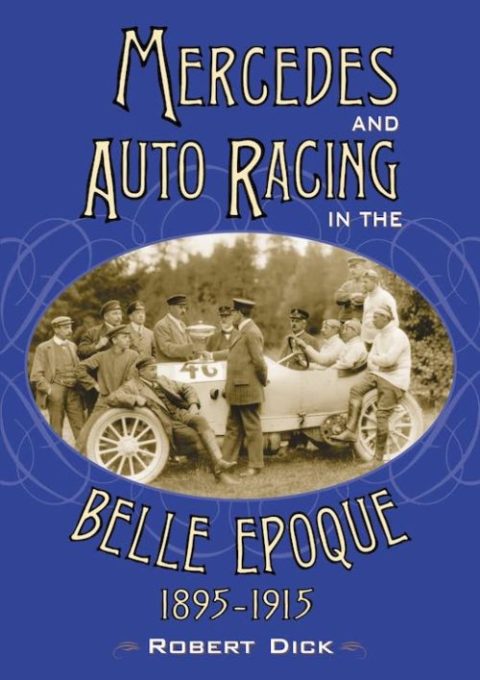

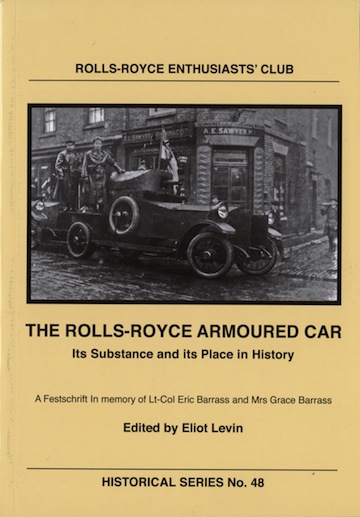
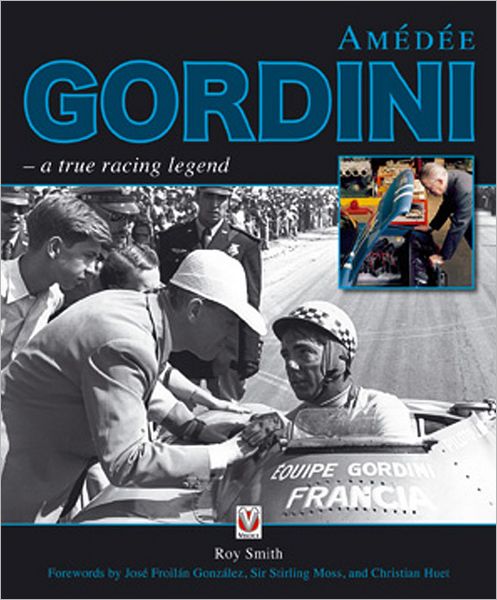

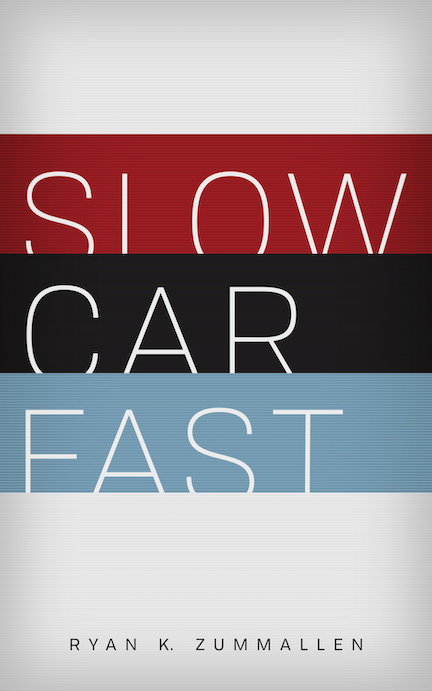


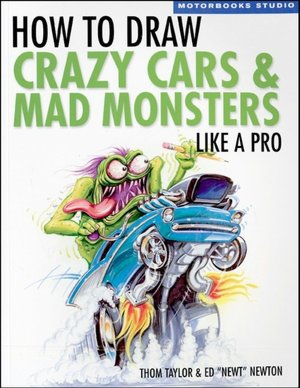
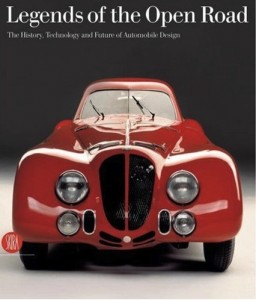
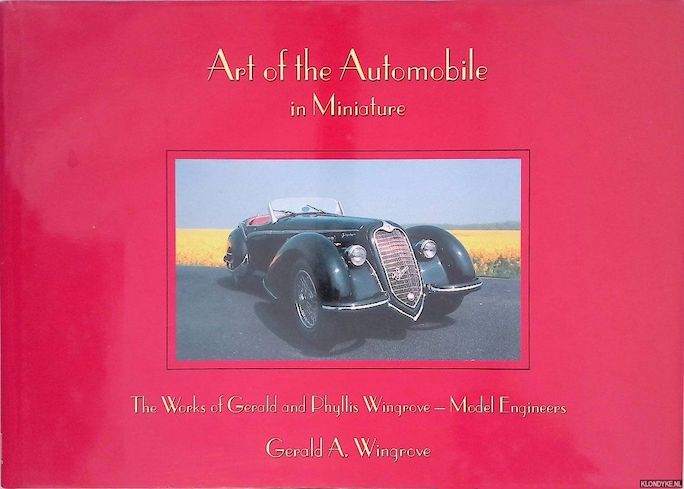
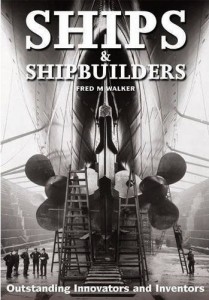
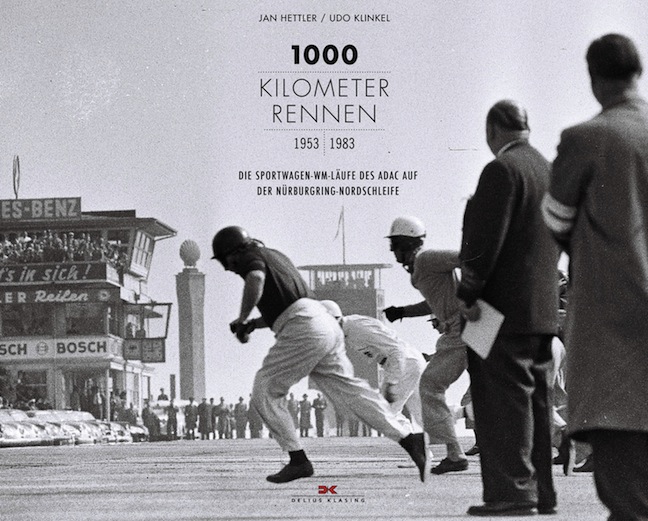
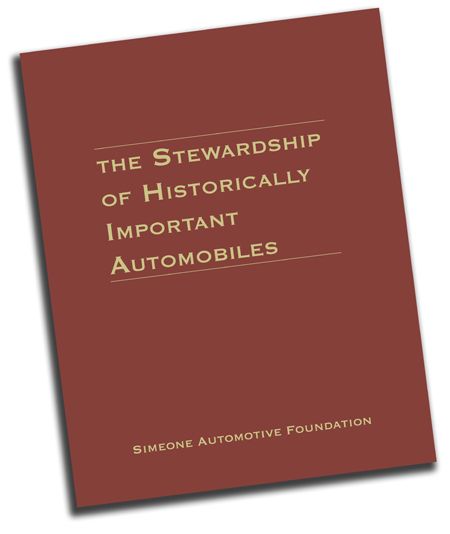


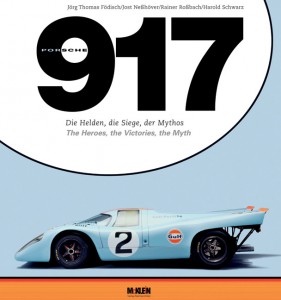


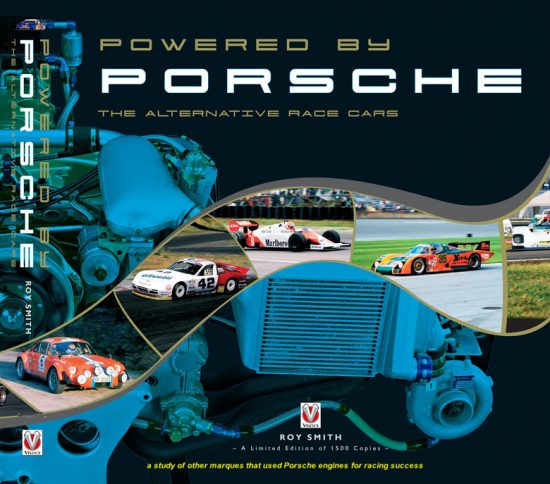
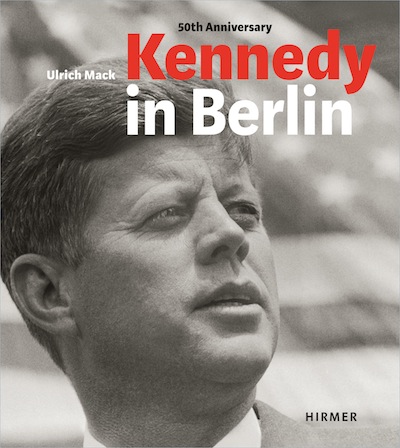
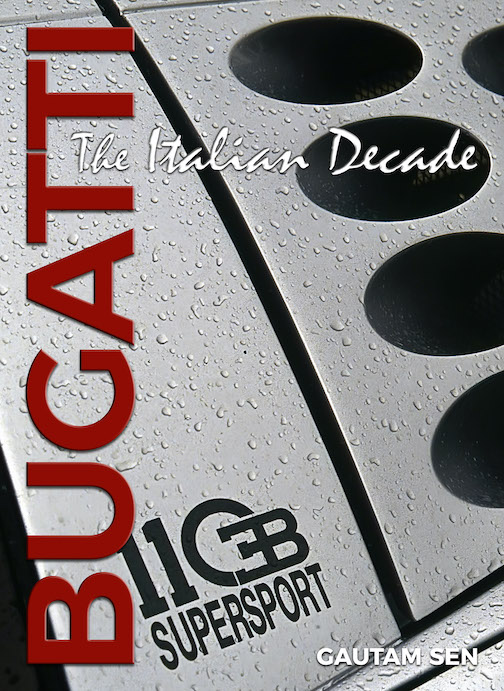

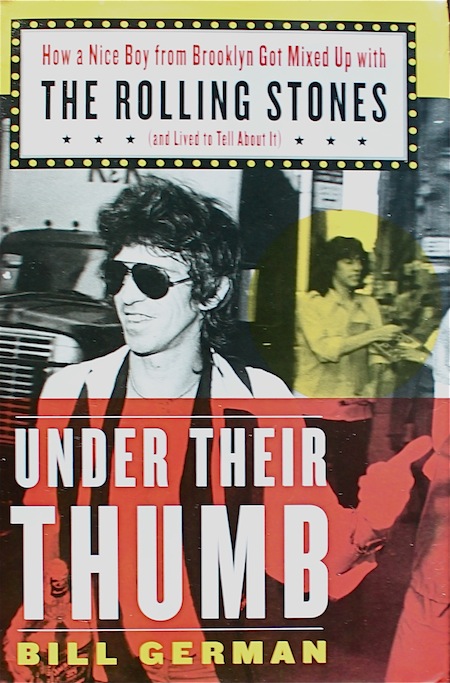

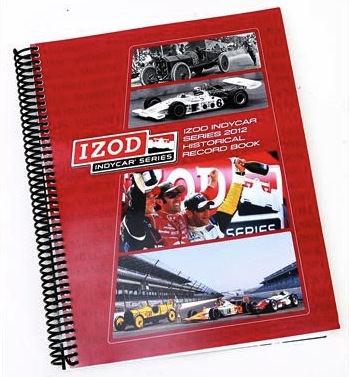


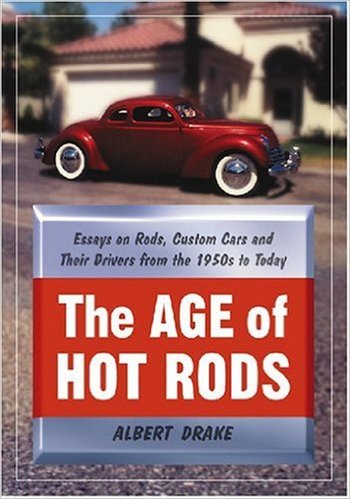
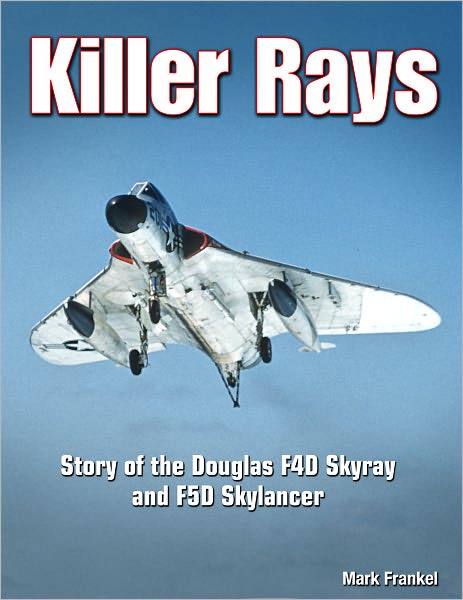

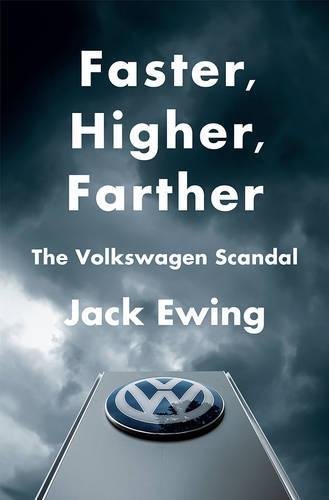


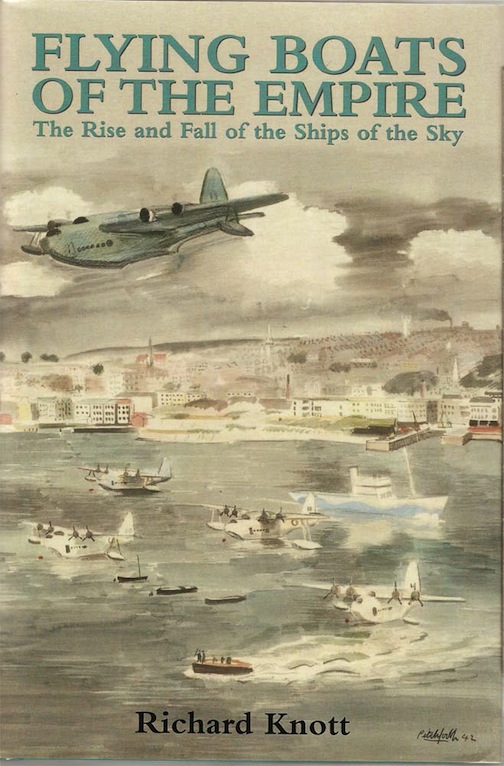
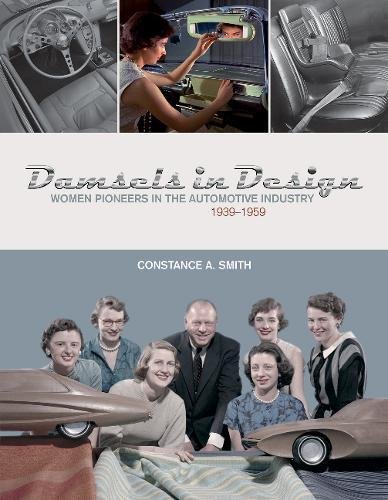
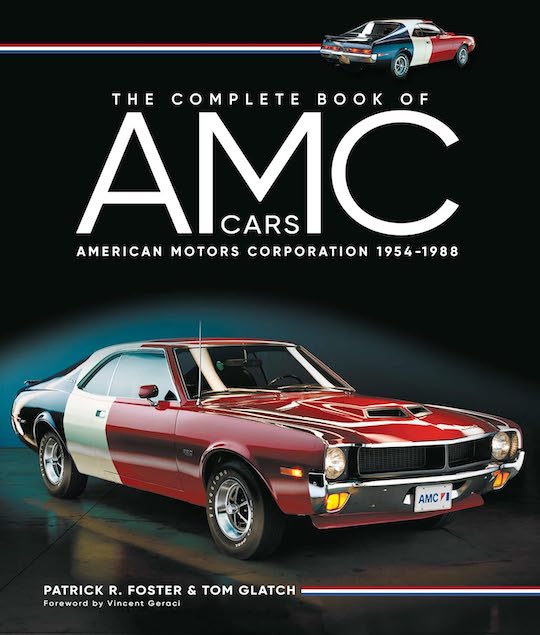

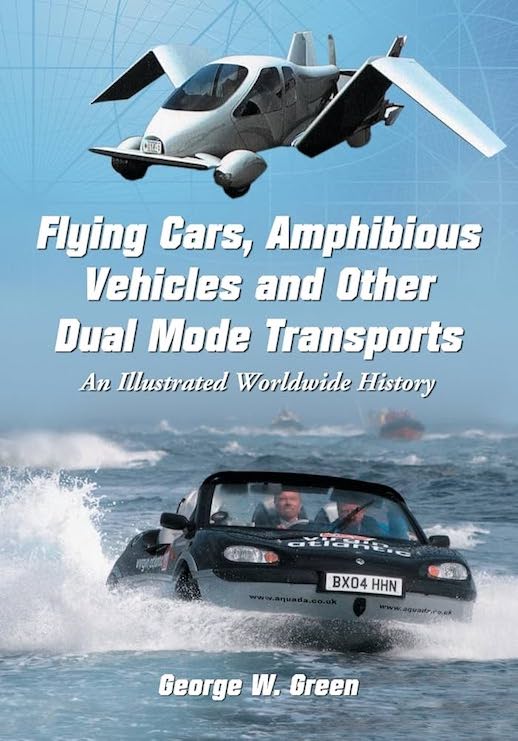
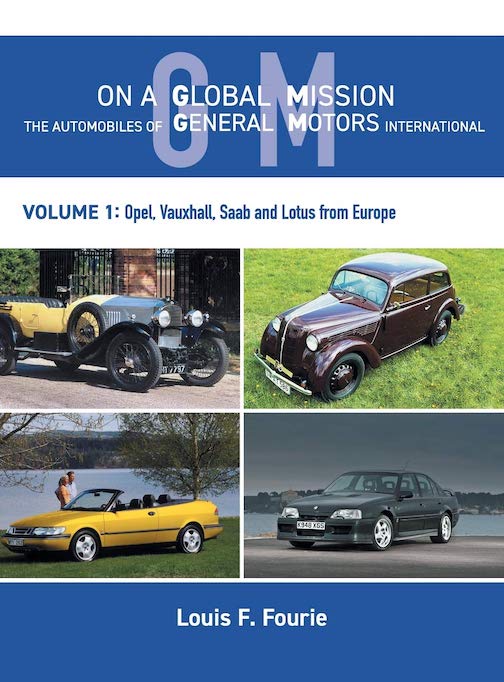

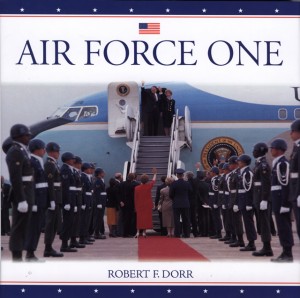
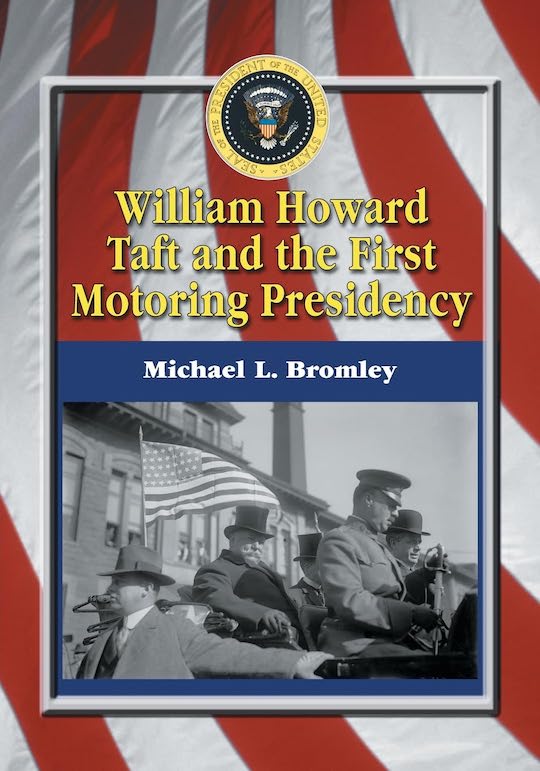
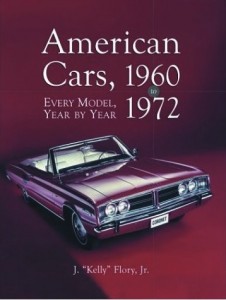
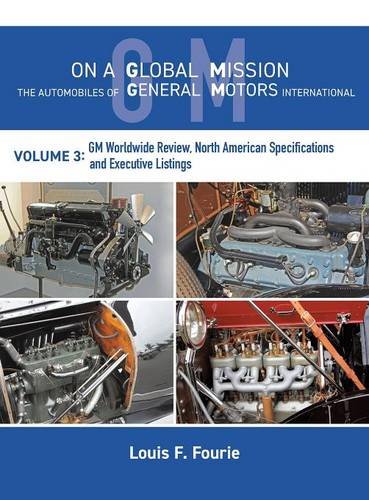

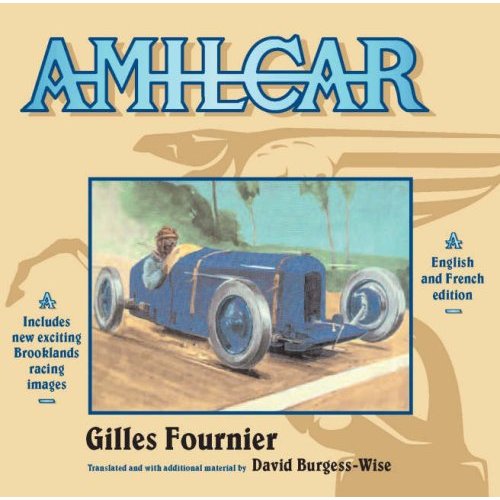
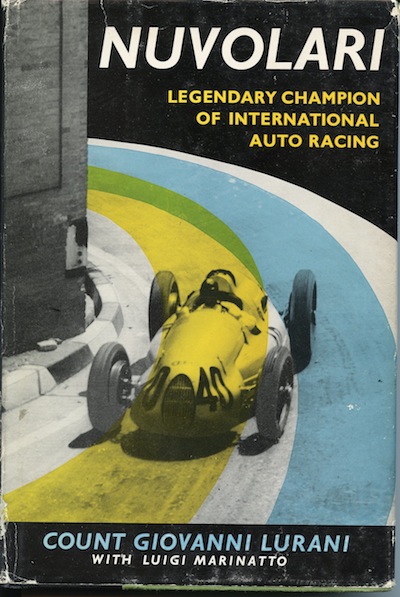
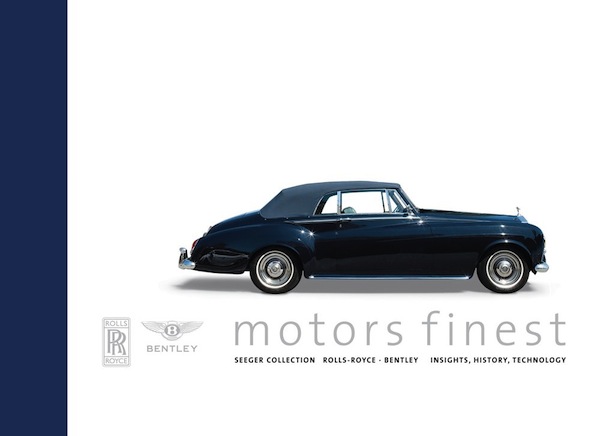
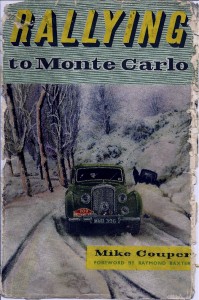

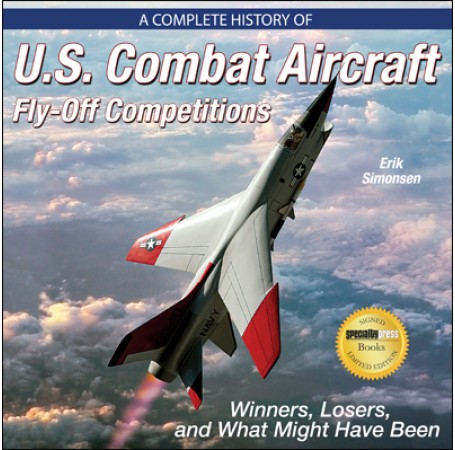

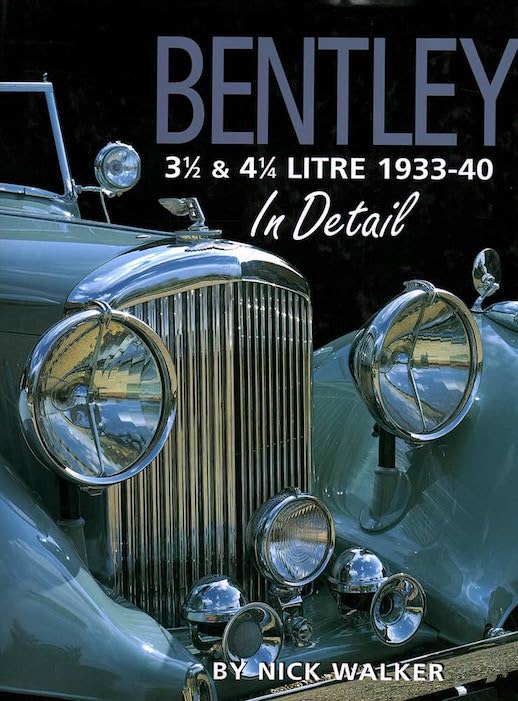
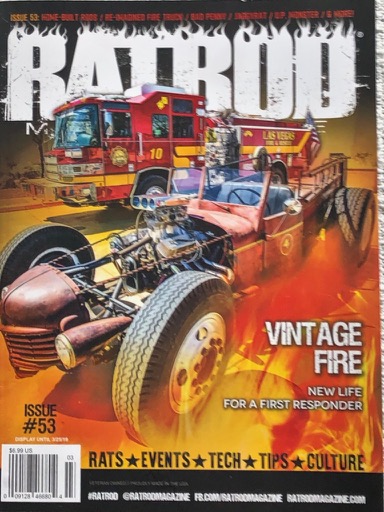

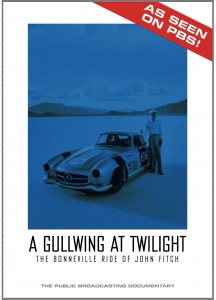
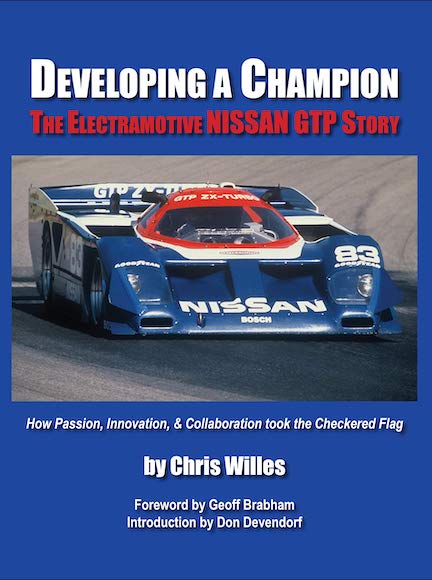


 Phone / Mail / Email
Phone / Mail / Email RSS Feed
RSS Feed Facebook
Facebook Twitter
Twitter